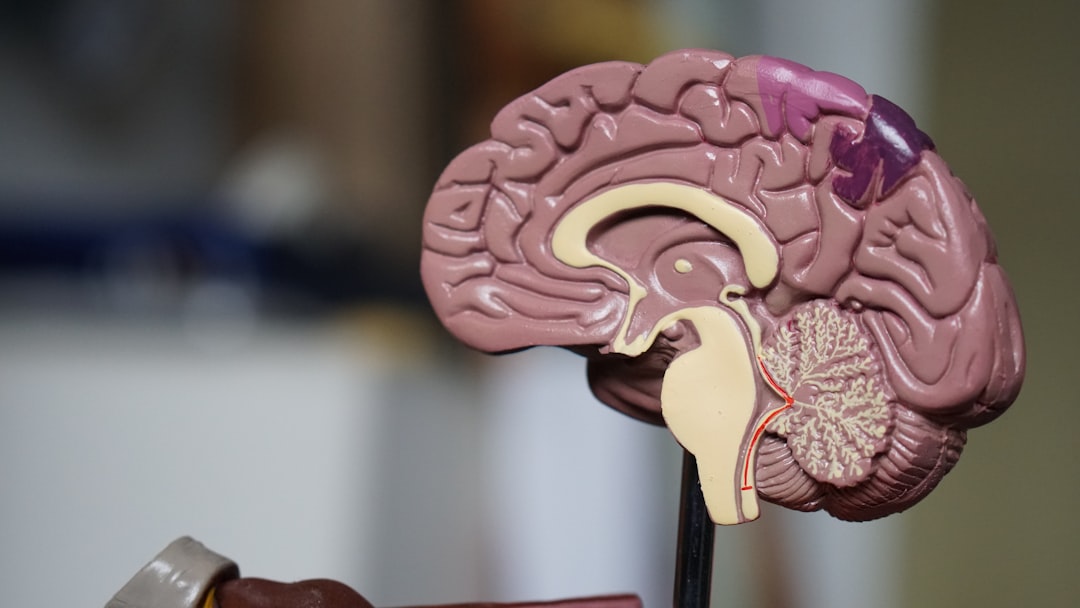What is it about?
The aim of this paper was to show evidence of the internal structure of one of the world's most widely used self-report measures of positive and negative emotions-affects, the Positive and Negative Affective Schedule (PANAS). In other words, we wanted to answer the following question: is it valid to interpret PANAS scores as measuring two distinguishable variables, i.e. 1- positive affect, 2- negative affect? In the present paper we show evidence in favour of the latter, i.e., evidence of validity with respect to being able to use the PANAS to measure two variables, positive and negative affect.
Featured Image

Photo by Tengyart on Unsplash
Why is it important?
Showing evidence of validity of certain inferences or interpretations derived from test scores (i.e. construct validity) is a necessary and essential step. In this case, if an instrument were developed to measure positive and negative affect-emotions, but was nevertheless not valid for those purposes (i.e. the scale does not measure emotions but a different variable), the conclusions derived from the scores obtained would be erroneous. This is not only relevant for the scientific sector but also for the clinical and applied sector. In the area of scientific research, the validity of the measures used has a direct impact on the validity of the results and conclusions derived from a given study. In the clinical and applied field, validity is a topic of great relevance since the use of instruments that are not valid for their intended purpose may lead to erroneous decision-making (e.g., indicating depression in a person who does not have it, or not indicating depression in a person who does have it).
Perspectives
I believe that the topic we discuss in this article is relevant, given that it allows us to advance on the evidence of internal structure, and more generally on the content validity, of one of the most widely used self-report measures of positive and negative emotions-affects (i.e. PANAS). Beyond the latter, there are still controversies about how to interpret PANAS scores, and I believe that the results and conclusions we have reached here allow us to take a step forward in resolving these controversies.
Pablo Ezequiel Flores Kanter
Consejo Nacional de Investigaciones Científicas y Técnicas (CONICET, Argentina)
Read the Original
This page is a summary of: A modern network approach to revisiting the Positive and Negative Affective Schedule (PANAS) construct validity, Journal of Clinical Psychology, June 2021, Wiley,
DOI: 10.1002/jclp.23191.
You can read the full text:
Resources
Contributors
The following have contributed to this page










